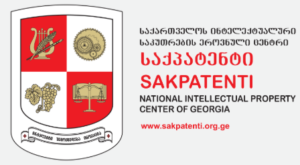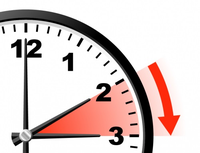There are only a few good ways for a new US patent practitioner to get training. One of these ways is the AIPLA Patent Prosecution Boot Camp, which will take place May 13-15, 2019 in Philadelphia.
Your truly will once again have the honor of serving with the other faculty members of this boot camp. I know, having served on the faculty of this boot camp for many years now, that the other practitioners who give their time and energy to this program are among the most skilled, experienced, and generous as any in the patent profession.
To find out more, or to register, click here.





 It’s that time of year again. People in the US who sometimes e-file stuff at the International Bureau at WIPO will have memorized exactly what the local time is that works out to being midnight in Switzerland … and for the next three weeks, the answer to this question will be different from the usual answer.
It’s that time of year again. People in the US who sometimes e-file stuff at the International Bureau at WIPO will have memorized exactly what the local time is that works out to being midnight in Switzerland … and for the next three weeks, the answer to this question will be different from the usual answer.